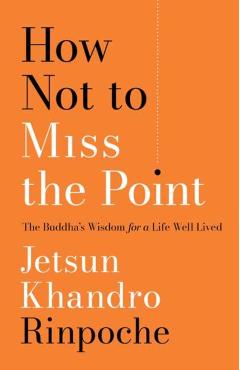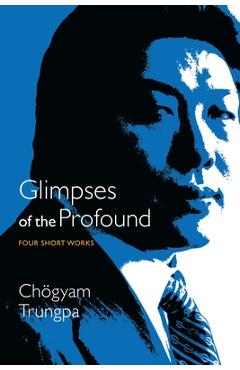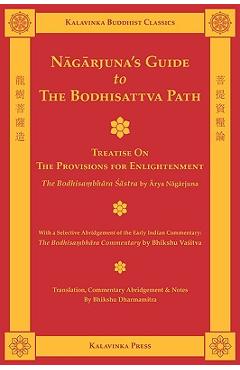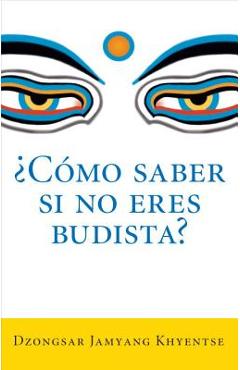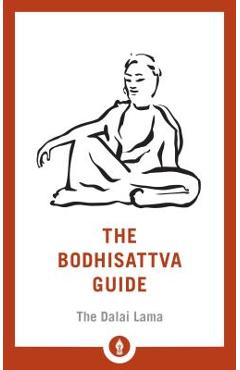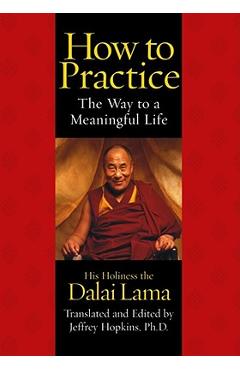Nagarjuna's Tree of Wisdom A Translation
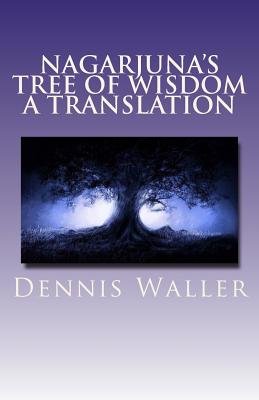
Nagarjuna's Tree of Wisdom A Translation
The Tree of Wisdom by Nagarjuna is a treatise on morals and ethics written over 2,000 years ago. This commentary on moral living is very similar to other text such as the Tao Te Ching by Lao Tzu, the Hsin Hsin Ming by Seng Ts'an, the Enchiridion by Epictetus, and Meditations by Marcus Aurelius. It remarkable that this is only the second English translation of this ancient text from this incredible Indian philosopher. The first translation into English was done by W.L. Campbell in 1918. At the time of Campbell's translation, there was so already much lost to history in the allegories that the meaning couldn't be extrapolated for all the verses. This version has been interpreted into a more modern new age style yet it still possess the essence of the message that Nagarjuna implied. I prefer to use the word interpretation over the word translation as this is more of a rendering constructed to clarify the meaning in such a way that it is easy to grasp the concepts. However, there are a few verses that have been left in the original Campbell translation as their relevance hasn't change. The primary difference between the Tree of Wisdom and the Tao Te Ching is the Tree of Wisdom takes a more "matter of fact" practical approach to life where the Tao Te Ching is more spiritual and esoteric. Both text have the same basic underlying principles, they are just different paths to the same goal. The text itself consist of 260 verses containing just over 8,000 words. In the tradition of Buddhism, there are a few verses that will leave you confused. This is natural as in the contemplation of the verse, the understanding will become clear. One major difference in this translation and Campbell's is the use of the way. Where the word "way" is used, it is to imply the way of the Tao Te Ching. This is to serve in helping give a clearer understanding the principles that the text is conveying. I encourage those who are not familiar with the Tao Te Ching to read it as the two text complement each other.
PRP: 54.25 Lei
Acesta este Pretul Recomandat de Producator. Pretul de vanzare al produsului este afisat mai jos.
48.83Lei
48.83Lei
54.25 LeiLivrare in 2-4 saptamani
Descrierea produsului
The Tree of Wisdom by Nagarjuna is a treatise on morals and ethics written over 2,000 years ago. This commentary on moral living is very similar to other text such as the Tao Te Ching by Lao Tzu, the Hsin Hsin Ming by Seng Ts'an, the Enchiridion by Epictetus, and Meditations by Marcus Aurelius. It remarkable that this is only the second English translation of this ancient text from this incredible Indian philosopher. The first translation into English was done by W.L. Campbell in 1918. At the time of Campbell's translation, there was so already much lost to history in the allegories that the meaning couldn't be extrapolated for all the verses. This version has been interpreted into a more modern new age style yet it still possess the essence of the message that Nagarjuna implied. I prefer to use the word interpretation over the word translation as this is more of a rendering constructed to clarify the meaning in such a way that it is easy to grasp the concepts. However, there are a few verses that have been left in the original Campbell translation as their relevance hasn't change. The primary difference between the Tree of Wisdom and the Tao Te Ching is the Tree of Wisdom takes a more "matter of fact" practical approach to life where the Tao Te Ching is more spiritual and esoteric. Both text have the same basic underlying principles, they are just different paths to the same goal. The text itself consist of 260 verses containing just over 8,000 words. In the tradition of Buddhism, there are a few verses that will leave you confused. This is natural as in the contemplation of the verse, the understanding will become clear. One major difference in this translation and Campbell's is the use of the way. Where the word "way" is used, it is to imply the way of the Tao Te Ching. This is to serve in helping give a clearer understanding the principles that the text is conveying. I encourage those who are not familiar with the Tao Te Ching to read it as the two text complement each other.
Detaliile produsului









